On September 13, 2021, a press conference was held at the Agency for Information and Mass Communications (AIMK) on the financial and economic policy carried out in Uzbekistan.
The press conference was attended by Director of the Center for Economic Research and Reforms Obid Hakimov, First Deputy Minister of Economic Development and Poverty Reduction Ilhom Norkulov, Deputy Chairman of the Central Bank Behzod Hamraev, Deputy Minister of Finance Ahadbek Haydarov, Director of the Institute for Forecasting and Macroeconomic Research Umid Obidkhodjaev.
Great work has been done in the economic development of Uzbekistan over the past 4 years since 2017. In particular, in 2017-2020, the country's economic growth rate was 18.3% and GDP reached 60 billion dollars. Foreign trade turnover in 2016 amounted to $24 billion and $36 billion in 2020. The volume of industrial production is 369 trillion soums, which is 23.4% more than in 2016. As a result, the share of industrial production in GDP increased from 19.5% to 27.4%.
At the conference, head of the Center for Economic Research and Reform spoke about what to consider in economic growth and the growth trend of GDP.
- Our economy has undergone tremendous structural changes over the last 5 years. We can say that the share of GDP in industry increased from 19% to 27% and in agriculture decreased from more than 30% of GDP to 25%.
Over the next 5 years, our economy must determine the direction of its development, taking into account the changes not only in Uzbekistan, but also in Central Asia and the global economy as a whole.
In the first place, there are 35 million people are living in Uzbekistan and by 2026 the population will reach 38 million. This is not only in Uzbekistan, but also in our neighboring countries, whether we take Kazakhstan or Kyrgyzstan. It is good to follow the growth trends of the population, because the labor force resources will increase, on the other hand, many efforts will be required to provide them with jobs, to improve their welfare.
Currently, the Republic of Uzbekistan employs about 14 million people, and every year about 600,000 new resources come. We need to provide them with jobs where their monthly salaries are productive.
One of the biggest trends we see around the world right now is that we cannot ensure the future competitiveness of our lives if we do not take action to ensure economic growth based on knowledge, not on economic growth by increasing labor and capital in economic growth.
Taking into account all these factors, if we look at the growth trends in 2022-2026, as recently stated by the President, the main figure is $60 billion, the basic plan is to increase the GDP to 107 billion dollars by 2026.
In short, in such a growth trend, GDP per capita is projected to rise from the current $1,750 to $2,800 by 2026 and $4,000 by 2030.
“By 2030, we will be able to increase per capita income to $4,000 and create a solid foundation for becoming one of the upper middle-income economies. Of course, this is not an easy task. To achieve this, we must, first of all, radically change labor efficiency through the creation of new technologies and value chains through development based on science and innovation in the economy", said Shavkat Mirziyoyev.
Now in Uzbekistan, GDP per capita is about $1750. The average monthly salary is 2.6 million soums, in Tashkent around 4.2 million soums. There is a difference between them.
Obid Hakimov also explained the differences between GDP and per capita income.
- The concept of GDP per capita should not be confused with the income of the population.
Many people have questions and misunderstandings. In this regard, I must say one thing - by GDP we mean the aggregate market value of all goods and services created within the country in 1 year.
For example, if we create 60 billion GDP in the country, part of it is the wages of people and each single factor create contribution. This means that if we have the same GDP per capita in general and 35 million people in the country, then we get the amount of GDP per capita. That $1,750 - that account - comes from calculations.
Achieving a GDP per capita of $4,000 by 2030 will place us among the upper middle income countries by international standards.
According to international standards, countries with less than $1,000 per capita are classified as low-income countries, those with between $1,000 and $4,000 as lower middle-income countries, those with between $4,000 and $10,000 as an upper middle-income countries, and those with incomes of more than $10,000 as high-income countries.
Служба по связям с общественностью ЦЭИР

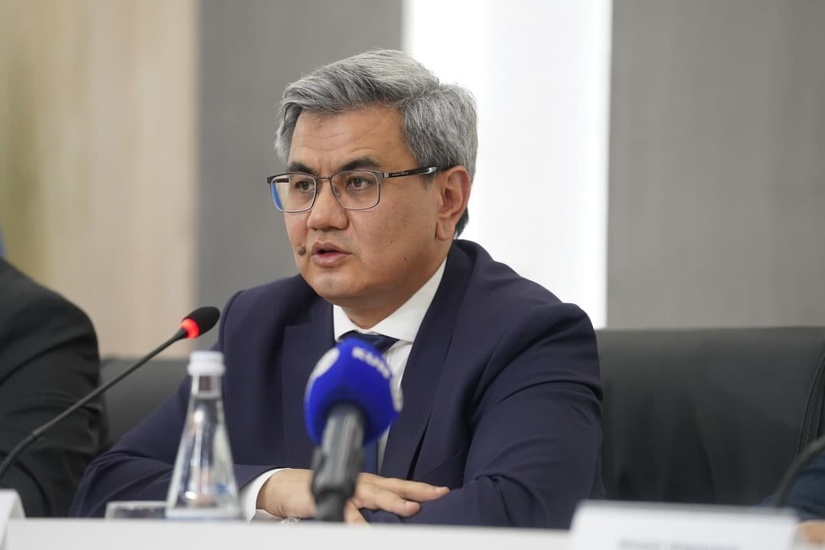

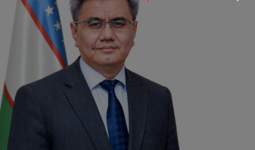
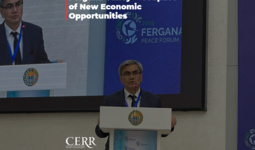
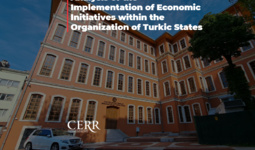
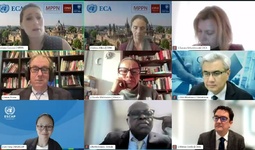














leave a comment